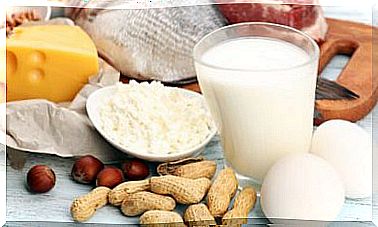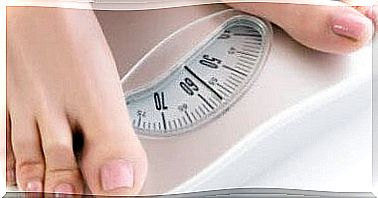5 Problems Present In The Hip Joint
The hip joint is not exempt from injury as we age. Now, do you know what the most common problems could be and how it can affect the quality of life?
Although we know that the main function of the hip joint focuses on the union and support of one or more bones, it is one of the great forgotten in health matters … until it begins to bother in such a way that it prevents life normal.
The hip: location and main functions
According to the DiccioMed of the University of Salamanca, the hip is defined as “each of the two protruding parts formed on the sides of the body by the upper bones of the pelvis”.
Its location – between the trunk and the lower extremities – explains its importance with respect to the body in general: keeping the sacrum, iliacs and femur in place. And it is that not only serves as a support for the body, but it is also the part of the body that allows a wide range of movements. From flexion to rotation, the hip works as a great giant hinge.
Regarding its physiological structure, being a joint, it houses another very distinguished and important one: it is the coxofemoral (place where the head of the femur meets the hip).
Despite being one of the strongest in the entire body, the hip is sensitive to various factors that, over time, cause problems of various kinds.
Problems that most affect the hip joint
Although it is very stable, the hip can suffer from different conditions. Some are named after the specific area in which they develop, and are usually more complex to treat. It should be noted that in many, although advanced age is a factor to take into account, it is not the only one.
Next we are going to detail the most common ones.
1. Pubalgia
Also known as pubic osteopathy. It is an injury related to the muscles innervated to the pubic area.
- To speak of pubalgia is, without a doubt, to refer to an episode of chronic inflammation.
- The muscles most affected during this are the abdominals and the adductors.
2. Osteoarthritis of the hip or hip
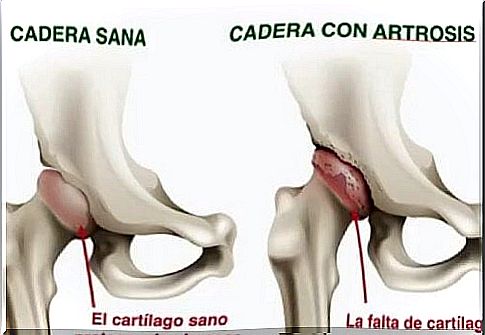
Being a very firm and important joint, the hip can be greatly affected by a painful, degenerative and annoying condition called osteoarthritis.
Changes in the articular cartilage are usually the main cause of this problem and immobilization of the affected area is present quickly.
3. Osteogenesis imperfecta
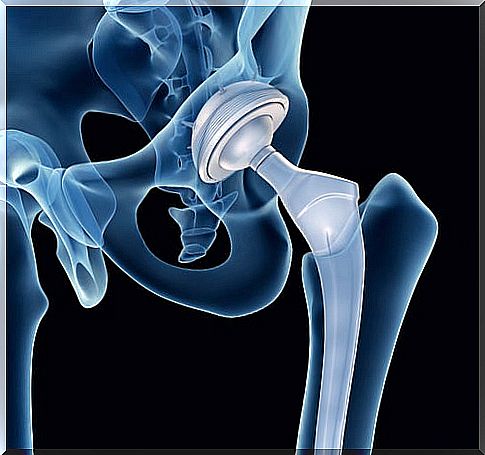
Osteogenesis imperfecta is a condition that is often referred to as “crystal bone disease.” It affects all bone tissues present in the body, including, of course, those of the hip. It is a congenital problem, that is, it has been genetically inherited by other members of the family.
As this area of the body is one of the most prone to direct trauma, osteogenesis imperfecta is closely related to the hip.
Discover: Osteogenesis: how does bone growth occur?
4. Hip necrosis
Necrosis refers to the death of a tissue or the like. In the case of the hip, it explains the detriment of the femoral condyle (head of the femur). This situation is presented by insufficient blood supply. Added to this, if it is not identified and corrected in time, gradually, it will become a chronic and deformed disease.
The most common cause of this condition is femoral fracture at the level of the epicondyles. This usually breaks the blood vessels or, in the best of cases, compresses them. In both, necrosis can occur.
5. Femoroacetabular impingement
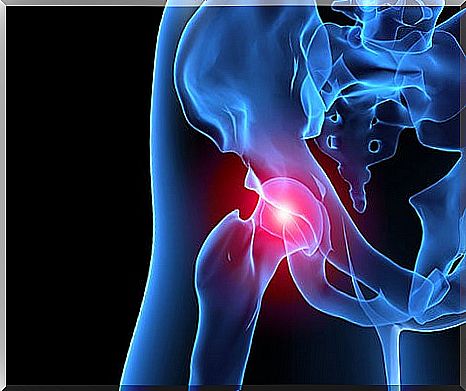
At present, the origin of this condition of the hip is totally unknown. Its appearance can affect the femur and acetabulum. The pain of this is almost unbearable and occurs during the impact of the femoral condyle with the acetabular cavity; This is the reason for the involvement of both structures relative to the hip.
Although anyone can suffer from it, young individuals and athletes are the most conditioned by its appearance. Others tend to relate this problem to osteoarthritis, giving it as one of the main causes.
In conclusion, femoroacetabular impingement occurs due to the spherical disability of the joint. Thus, the friction is constant and annoying.



